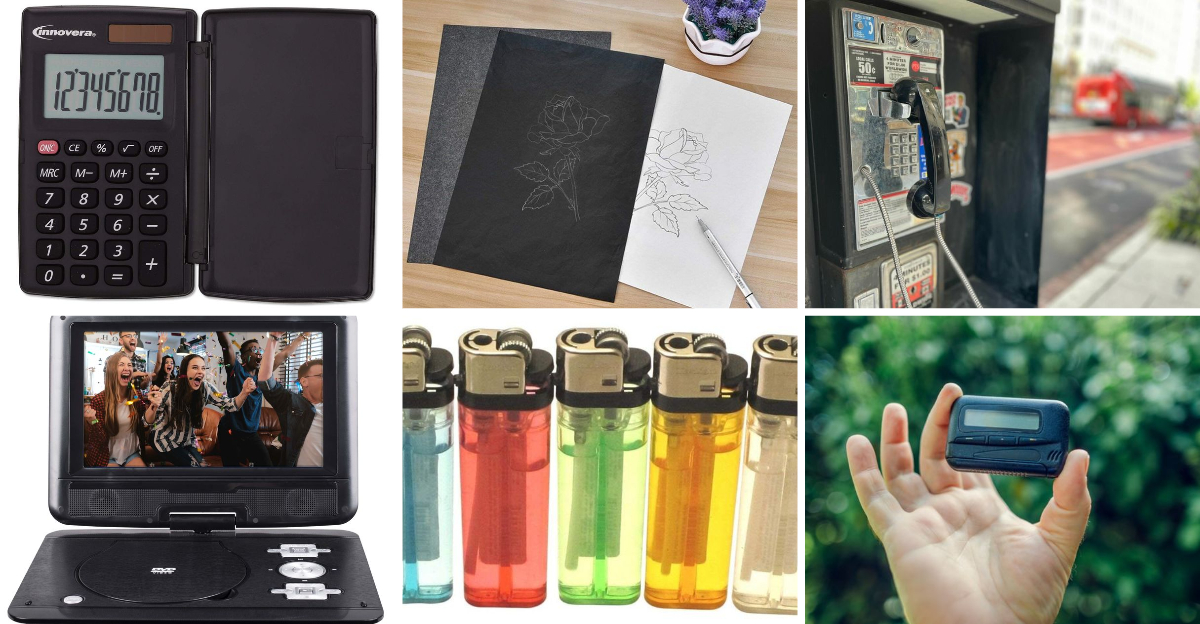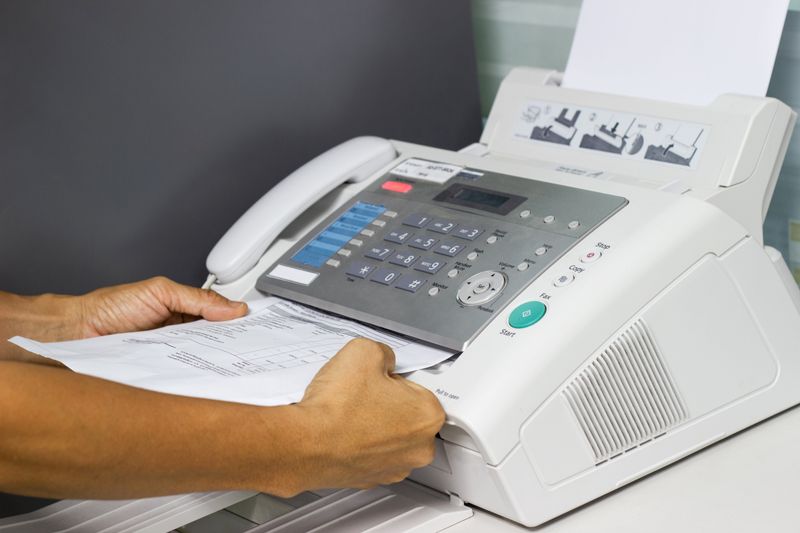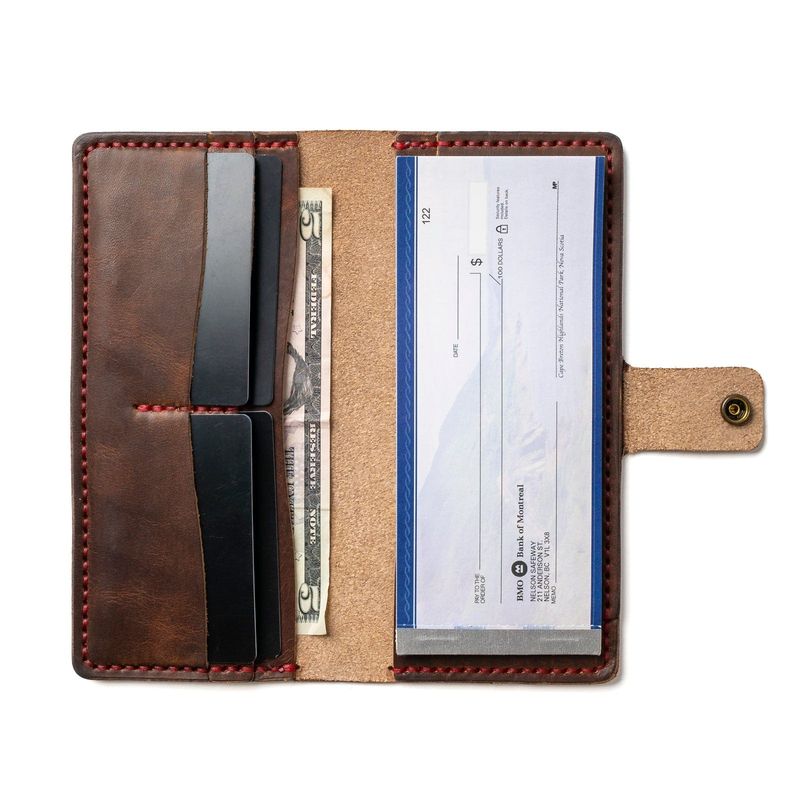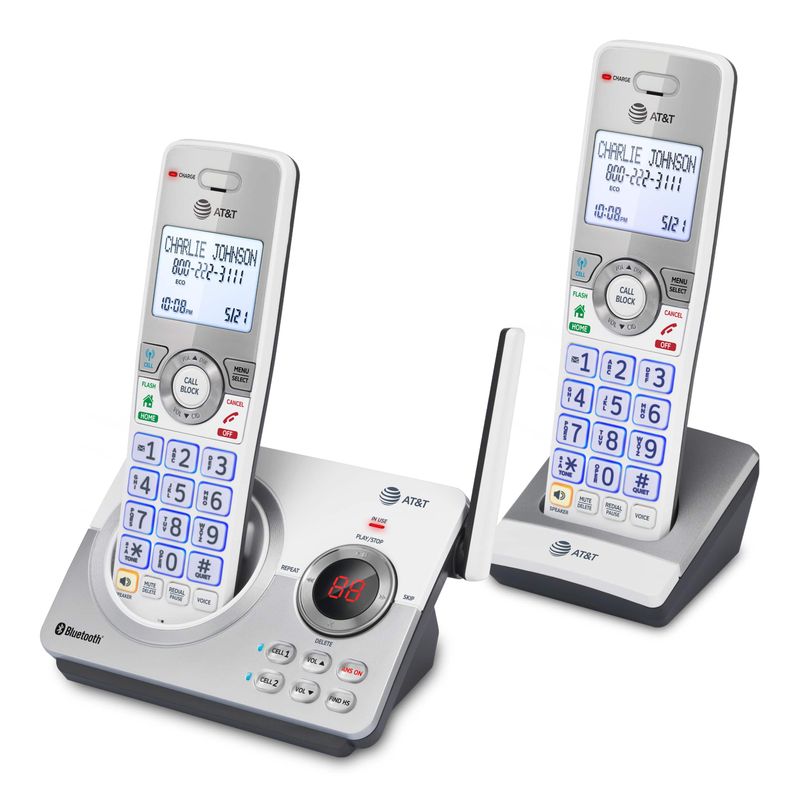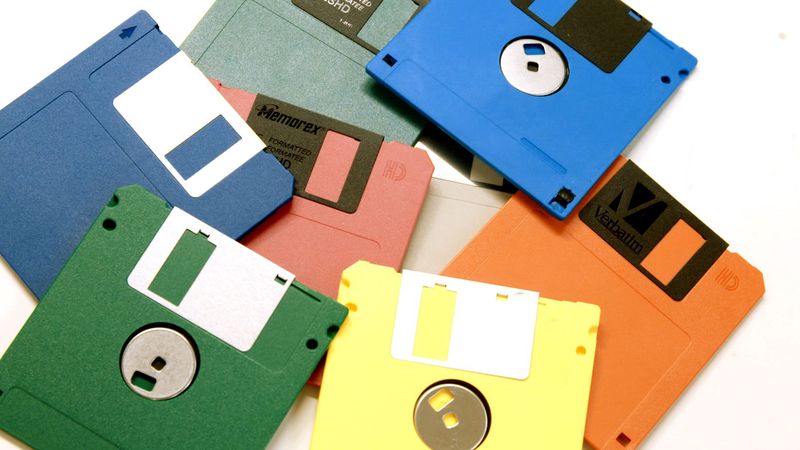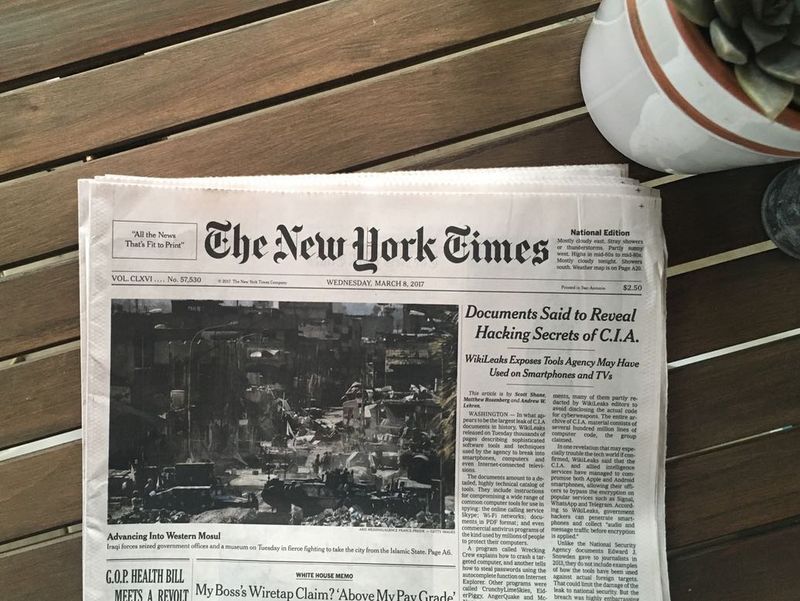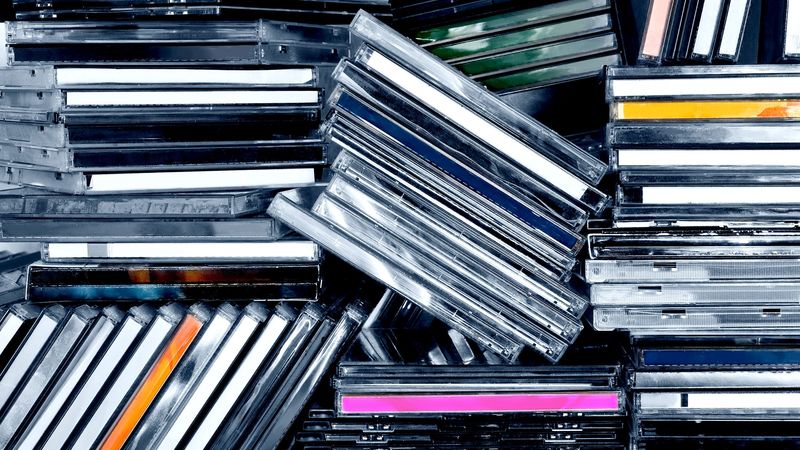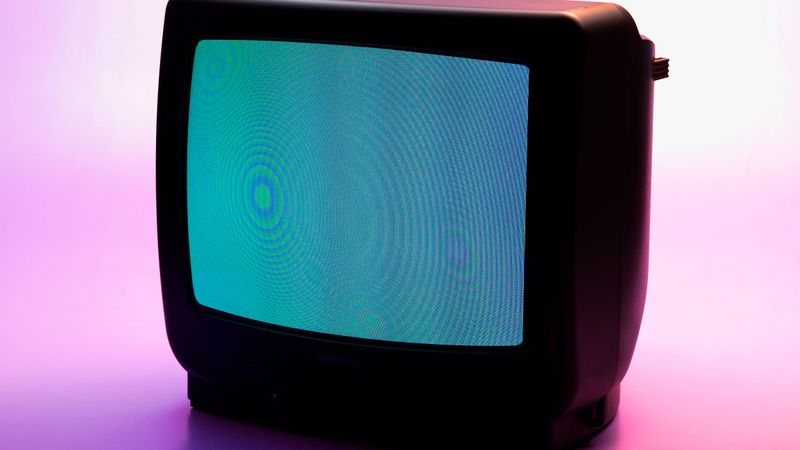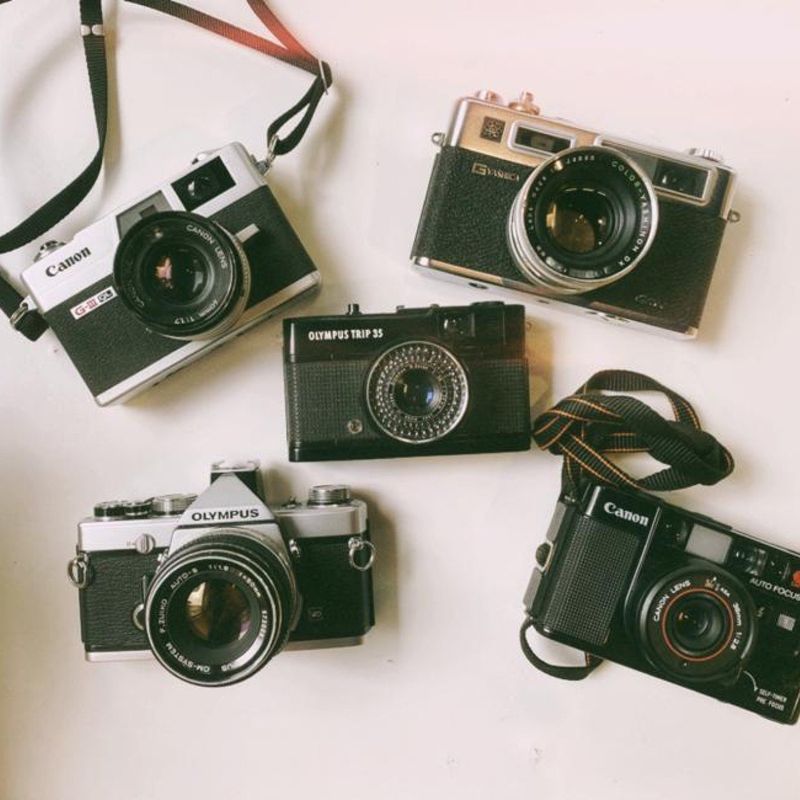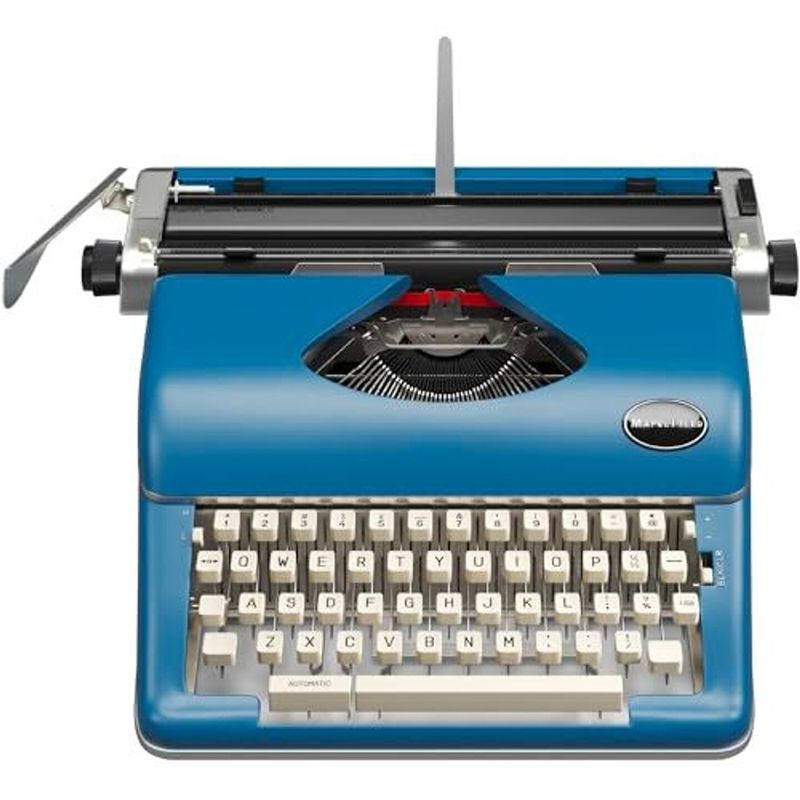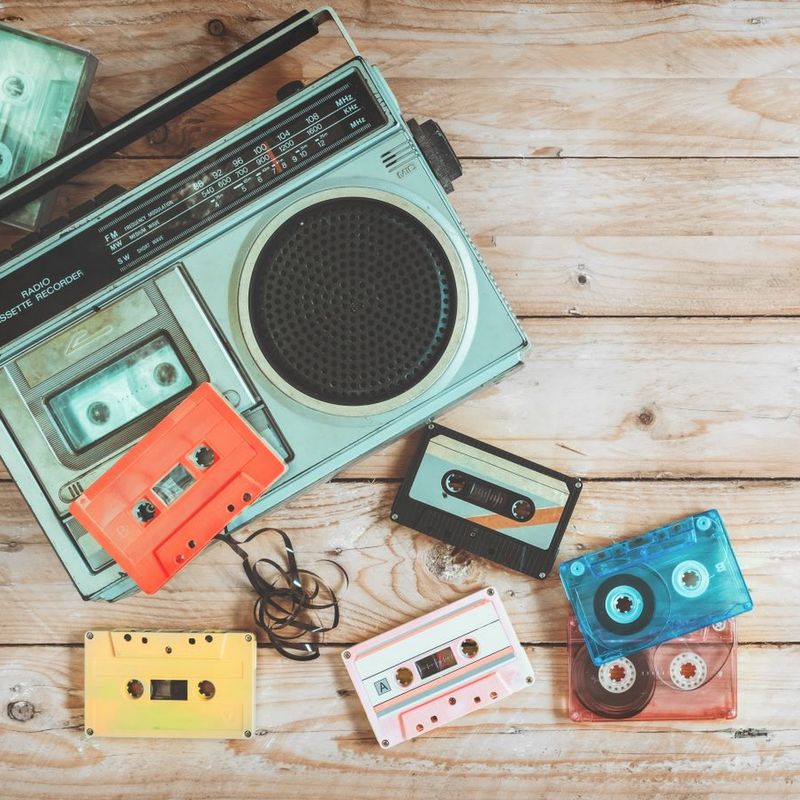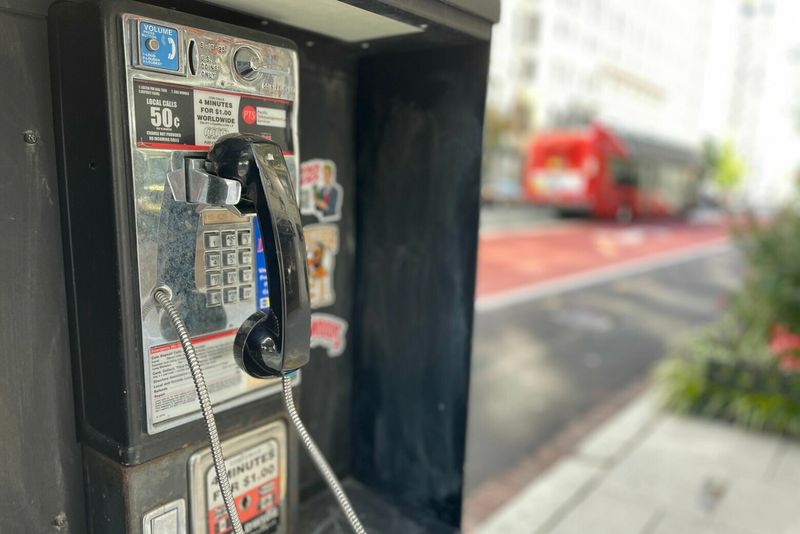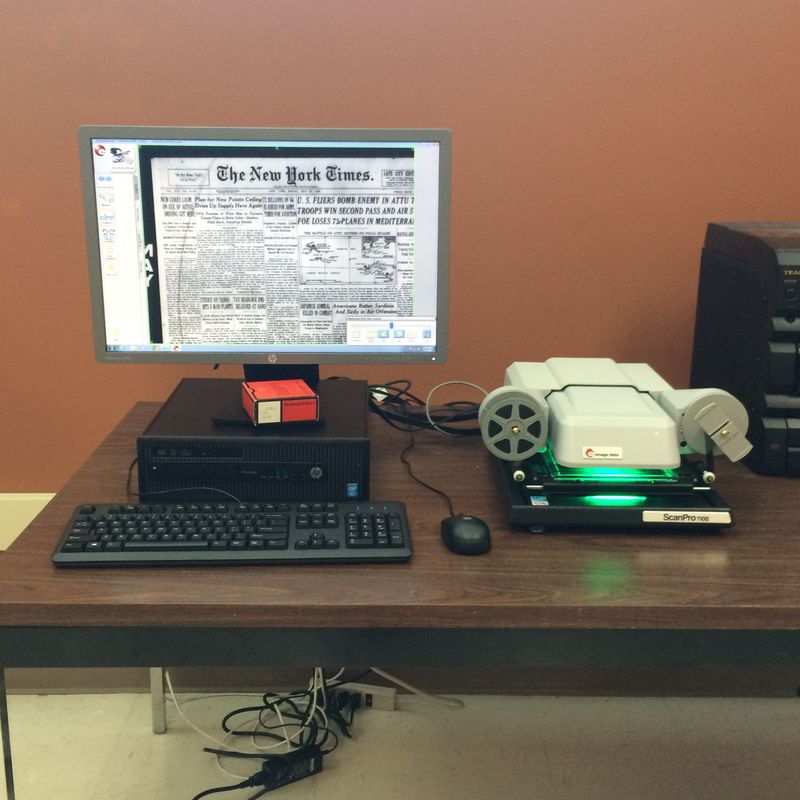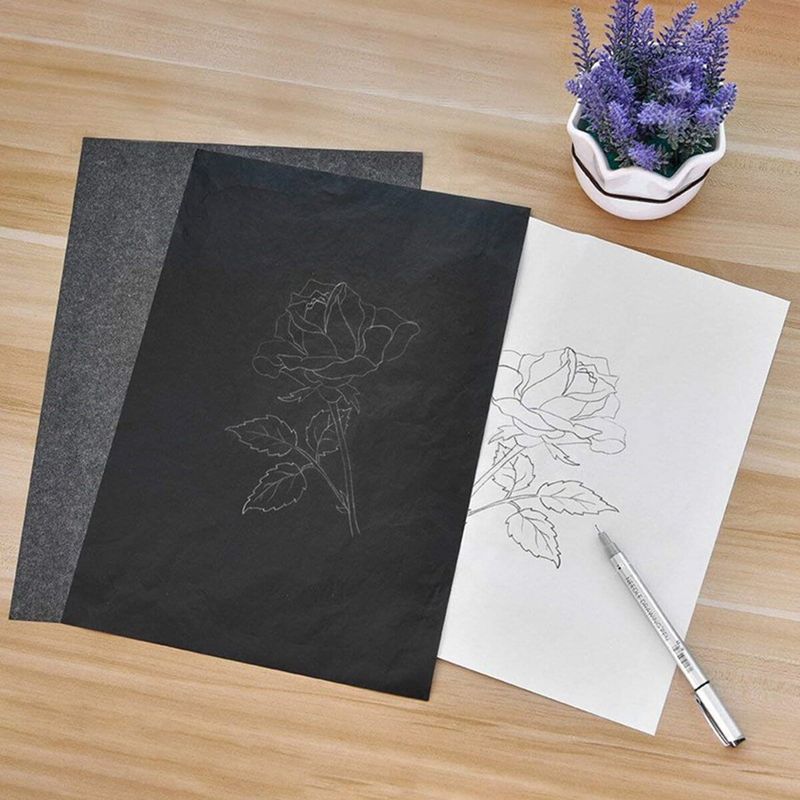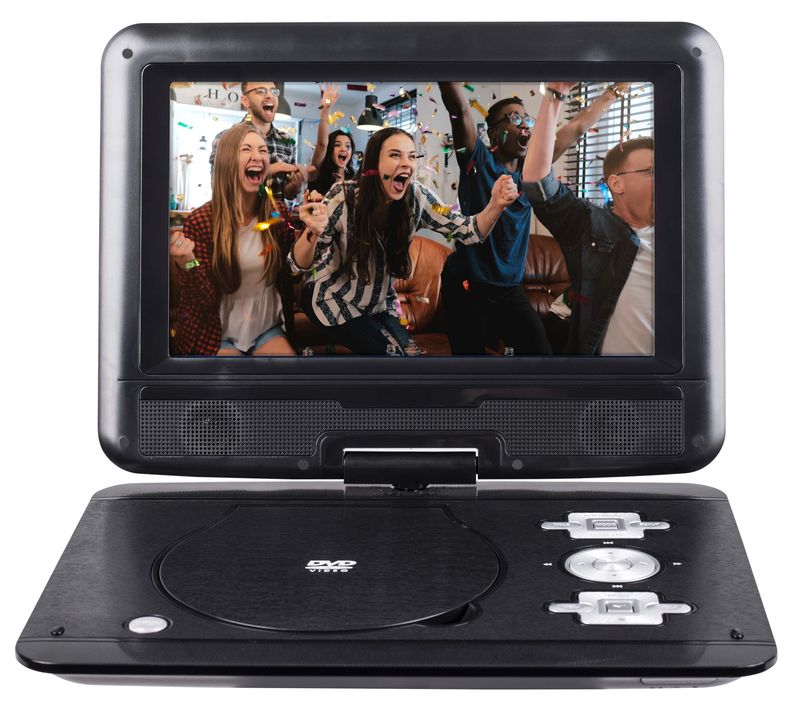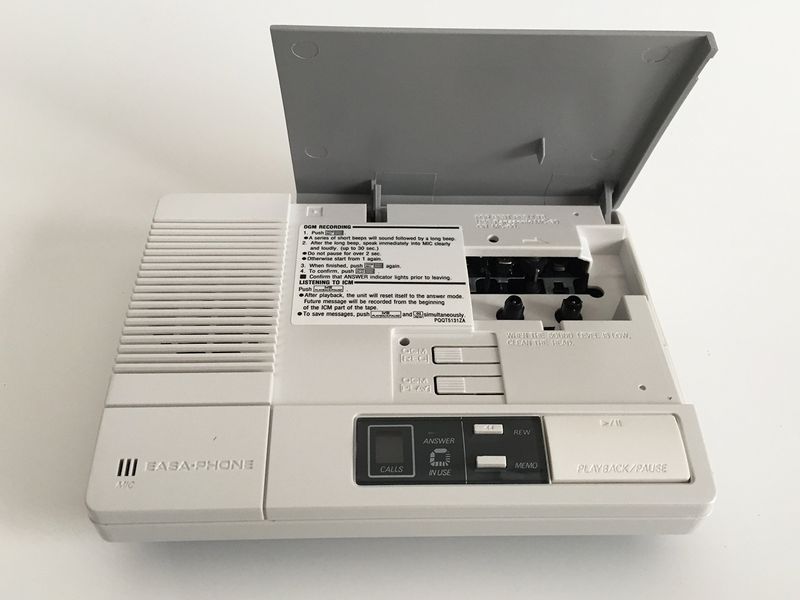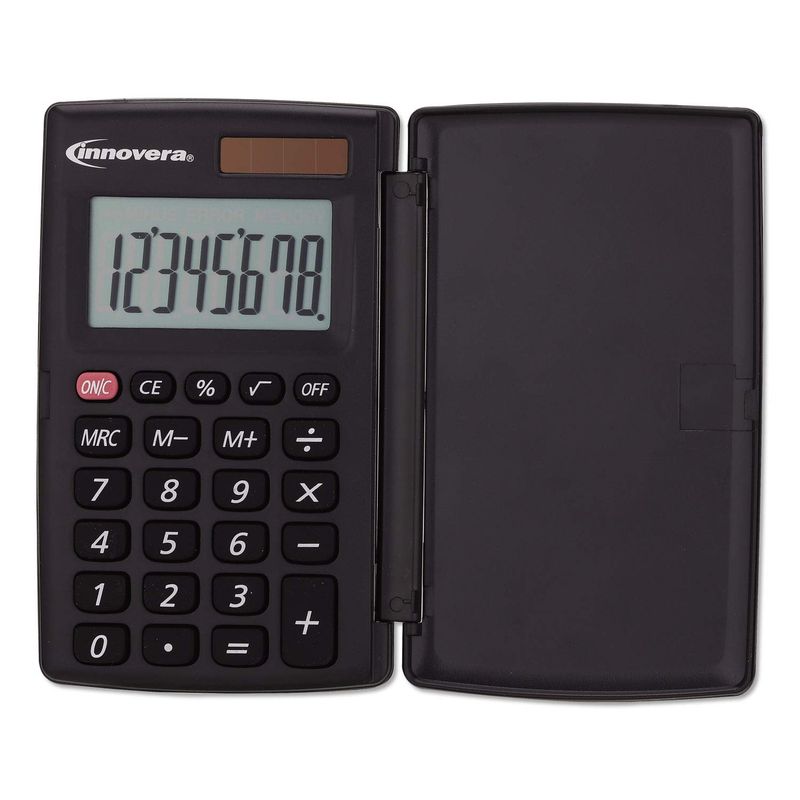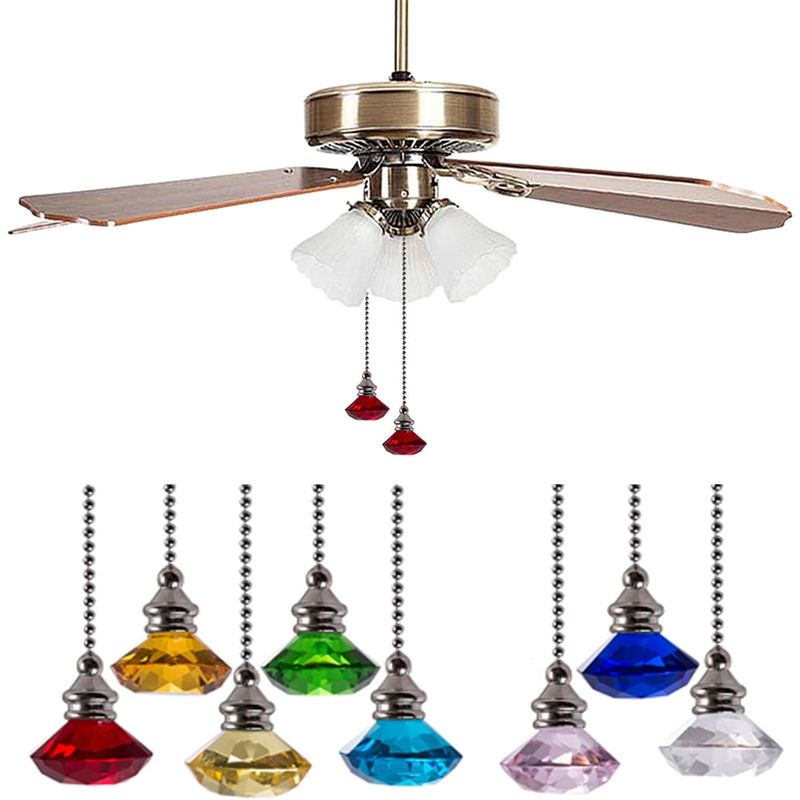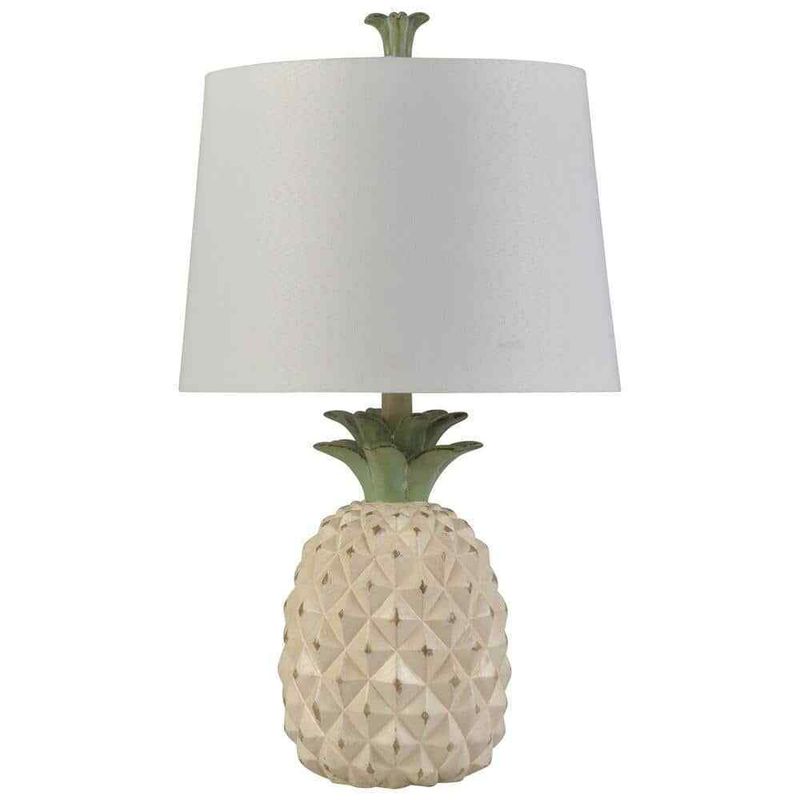In 2025, technological advancements and societal progress have left many items and practices in the past. Yet, some relics persist, defying logic and reason. This blog post explores 30 things that, astonishingly, still exist in our world today.
From ancient technology to outdated habits, each item serves as a reminder of how far we’ve come, and how far we still have to go.
Join us on this journey through the anachronisms of our time, each stubbornly clinging to existence despite the leaps and bounds of innovation.
1. Fax Machines
Fax machines still haunt many offices, refusing to fade into obsolescence. Their clunky presence serves as a frustrating reminder of outdated technology.
Despite digital alternatives offering superior efficiency, some industries cling to faxes for legal and traditional reasons. This stubborn reliance often leads to inefficiencies and missed communications.
While some may argue for their security advantages, the cumbersome process and maintenance needs outweigh these benefits.
In today’s high-speed digital world, the fax machine stands as an anomaly, a relic of a bygone era. Its continued existence baffles the tech-savvy generation.
2. Checkbooks
Checkbooks, those bound pads of paper, persist in our digital age. While mobile payments and banking apps offer convenience, some still write checks for everyday transactions. Despite being slower and less secure, nostalgia and habit keep them alive.
Their continued use often leads to longer lines and frustrated customers at stores. Yet, for some, the tangible nature of checks provides a sense of control and tradition.
As the world moves towards cashless transactions, the stubborn checkbook remains, a curious holdout against modernization.
3. Landline Phones
The landline phone, once a household staple, now sits mostly unused, overshadowed by mobile technology. Yet, some homes maintain these devices for emergencies or nostalgia.
The clarity of a landline call and the lack of battery issues offer slight advantages. However, the inconvenience and cost of maintaining an additional phone line often outweigh these perks.
As mobile networks expand and improve, the landline’s role diminishes. Its presence in homes and offices today is more a nod to the past than a necessity.
4. VHS Tapes
VHS tapes, once the pinnacle of home entertainment, have long been outclassed by DVDs and streaming. Yet, some households still cherish these bulky tapes, citing nostalgia as their reason.
The quality is far inferior, and tracking down a working VCR can be a challenge. Despite these drawbacks, the tactile experience of inserting a tape and the childhood memories they evoke keep VHS collections alive.
For those unwilling to convert or part with their tapes, this outdated format hangs on, a testament to the enduring power of nostalgia.
5. Floppy Disks
Floppy disks, with their minuscule storage capacity, are a relic of early computing. Yet, some niche industries and retro enthusiasts hold onto them, citing compatibility with old systems.
The cumbersome nature of these disks, coupled with their fragility, makes them unsuitable for modern data needs. Despite their limitations, floppy disks continue to endure in small pockets, a curiosity in an age where cloud storage reigns supreme.
Their survival hints at an affection for retro technology, albeit impractical in today’s fast-paced digital landscape.
6. Pagers
Once vital for doctors and businesses, pagers have mostly been replaced by smartphones. However, their simple, reliable design keeps them in use in specific sectors.
Some hospitals still employ pagers for their ability to operate independently of cellular networks. This old-school technology offers a certain reliability, but its functionalities are severely limited compared to modern devices.
In a world dominated by instant communication, the pager’s continued presence is a blend of necessity and nostalgia, holding its ground against more advanced alternatives.
7. Physical Newspapers
As digital news platforms dominate, physical newspapers struggle to stay relevant. Yet, many still enjoy the tactile experience of reading the paper with their morning coffee. The rustle of pages and the ink-smudged fingertips carry a certain charm.
Despite declining circulation numbers, some readers find solace in disconnecting from screens.
While the environmental impact of paper production poses challenges, the traditional newspaper endures, offering a slower, more deliberate way to consume news, if only for the die-hard traditionalists.
8. CDs
Compact Discs, once the pinnacle of audio technology, face extinction in the streaming era. Yet, collectors and audiophiles maintain CD collections, drawn by the physical album art and perceived sound quality.
The tactile nature of CDs offers a break from intangible digital files. Despite newer, more convenient formats, the CD remains for those who appreciate its nostalgia and tangibility.
As music rapidly transitions to digital platforms, these shiny discs resist obsolescence, providing a nostalgic trip for enthusiasts unwilling to part with their physical music collections.
9. CRT Televisions
CRT televisions, with their heavy, boxy designs, have been eclipsed by sleek, energy-efficient flat-screens. Yet, retro gamers and collectors cherish CRTs for their authentic display of vintage games and media.
The nostalgia of watching a favorite show on a CRT is compelling. Despite their bulk and inefficiency, these televisions find a niche audience who value the unique experience they offer.
In a time where screen technology is rapidly advancing, the CRT TV’s continued, albeit niche, existence is a testament to the lasting allure of nostalgia.
10. Encyclopedias
Encyclopedias, those massive tomes of knowledge, have largely been supplanted by online resources. Yet, some homes and libraries still retain these book sets for their historical value.
The tactile experience of flipping through pages offers a unique, albeit time-consuming, way to learn. With the immediacy and breadth of digital information, encyclopedias struggle to justify their space.
However, for those who value the physical presence of books and the nostalgia they evoke, these volumes continue to occupy shelves, a nod to an era before the internet’s dominance.
11. Film Cameras
Film cameras, once the standard for photography, have been overtaken by digital cameras and smartphones. However, professional photographers and enthusiasts keep film alive for its unique aesthetic and process.
The anticipation of developing film adds an element of surprise. Despite the convenience of digital, film offers a tactile and deliberate approach to photography.
Its continued use in certain creative circles speaks to the value placed on artistry and tradition. In a world where instant gratification is the norm, film cameras offer a slower, more thoughtful alternative.
12. Manual Typewriters
Manual typewriters, with their clacking keys and ink ribbons, evoke a bygone era of writing. While computers offer superior convenience and functionality, some writers and collectors cherish the tactile experience of typing on a typewriter.
The mechanical process forces a slower, more thoughtful composition. Despite their obsolescence in practical terms, typewriters remain a symbol of nostalgia and a simpler time.
They continue to inspire creativity for those willing to trade speed for a tactile, immersive writing experience, holding a niche, yet passionate, presence in modern society.
13. Cassette Tapes
Cassette tapes, with their analog sound and distinctive click, linger in the shadow of digital music. Yet, they have a dedicated following, drawn to their retro charm and the physical act of flipping tapes. The sound quality is inferior, yet nostalgia keeps them spinning.
Despite their limitations, cassette tapes appeal to those who relish the tangible connection to their music. This old format’s resilience highlights a desire for authenticity and a break from the ephemeral nature of digital media. The cassette remains a quirky, nostalgic relic.
14. Quill Pens
Quill pens, symbols of a pre-industrial age, are rarely used in modern writing. However, calligraphy enthusiasts and history buffs keep them alive, appreciating the artistry and tradition they embody. Writing with a quill requires patience and skill, offering a meditative experience.
In a world dominated by keyboards and touch screens, the quill pen serves as a connection to the past. Its continued use, though limited, highlights a desire for craftsmanship and a slower, more reflective pace in an increasingly fast-paced world.
15. Payphones
Payphones, once ubiquitous on street corners, have mostly vanished, replaced by personal mobile devices. Yet, a few remain, relics of a time when connectivity wasn’t instant. In emergencies, they offer a nostalgic backup, reminding us of a less connected era.
Though their practical use is limited, payphones stand as historical markers, a glimpse into past urban landscapes.
Their continued presence, albeit rare, serves as a testament to how far communication technology has come, maintaining a quaint charm amidst the digital revolution.
16. Rolodexes
Rolodexes, the spinning indexes of business contacts, are quaint in the digital age of contact apps. Yet, some offices still keep them as a backup or for nostalgia. These physical organizers offer a tactile way to manage contacts that digital alternatives can’t replicate.
Despite being outmoded by efficient digital systems, the Rolodex provides a tangible connection to professional relationships.
Its persistence in some workplaces underscores a longing for simpler, more personal management of connections, resisting the complete takeover of digital solutions.
17. Microfiche
Microfiche, a method of archiving documents on film, persists in libraries and archives. Although digital archives provide easier access and searchability, microfiche offers a reliable, durable way to store information without electronic dependency.
The continued use of microfiche highlights a commitment to preserving information in varied formats.
Despite the inconvenience of manually searching through these tiny films, they remain a steadfast backup in preserving historical documents, illustrating a blend of tradition and caution in the digital age.
18. Carbon Paper
Carbon paper, once essential for making copies, lingers in some workplaces despite digital alternatives. Its simplicity is appealing in environments where technology may not be practical. For some, the manual process of using carbon paper offers a nostalgic charm.
In a world of effortless digital duplication, carbon paper’s continued use is a blend of necessity and sentimental value. It serves as a reminder of office practices before the digital age, providing a tactile, hands-on experience that some still find satisfying, albeit outdated.
19. Portable DVD Players
Portable DVD players, once a travel staple, face obsolescence with the rise of streaming services and portable devices.
However, they remain in use for those who prefer physical media or lack reliable internet access. Their simplicity and familiarity appeal to some travelers.
Despite being overshadowed by more versatile technology, these players provide a straightforward way to enjoy movies on-the-go.
Their persistence highlights a segment of society that values the reliability of physical media, resisting the complete shift to digital streaming.
20. Cassette Answering Machines
Cassette answering machines, once a household necessity, are now mostly replaced by digital voicemail. Yet, some continue to use them for their simplicity and nostalgia. The tactile process of reviewing messages on tape offers a quaint connection to the past.
Despite their outdated technology, these machines persist in homes that value tradition over innovation. Their continued use, though rare, serves as a charming anachronism, reminding us of a time when communication was less instant but perhaps more deliberate.
21. Pocket Calculators
Pocket calculators, simple and reliable, remain in use despite the prevalence of smartphone apps and computers.
Their ease of use and independence from internet connectivity make them appealing for quick calculations. In classrooms, they serve as tools for learning basic math.
While technology offers more advanced options, the pocket calculator’s straightforward functionality ensures its survival in educational settings and for those who appreciate its dedicated purpose.
Its continued presence reflects a balance between embracing innovation and valuing simplicity.
22. Incandescent Light Bulbs
Incandescent light bulbs, known for their warm glow, are being phased out in favor of energy-efficient LEDs.
Yet, some homes and businesses still use them, drawn to their traditional appearance and softer light. The higher energy consumption and shorter lifespan are significant drawbacks.
Despite their inefficiency, incandescent bulbs appeal to those who prefer their aesthetic and warmth. Their persistence in some spaces highlights a resistance to change, a preference for familiar comforts over new technology, even in the face of environmental concerns.
23. Chalkboards
Chalkboards, once the heart of classrooms, face competition from whiteboards and digital displays. Yet, they remain in use for their simplicity and effectiveness.
The tactile experience of writing with chalk and the iconic sound of the stroke still resonate with educators.
Despite newer, more versatile teaching tools, chalkboards offer a straightforward, reliable way to convey information.
Their continued presence in schools illustrates a balance between embracing innovation and valuing traditional methods that have stood the test of time.
24. Cigarette Lighters
Cigarette lighters, ubiquitous since their invention, face decline with the rise of smoking alternatives. Yet, they remain essential for smokers and outdoor enthusiasts. Their portability and simplicity make them a convenient tool beyond lighting cigarettes.
Despite environmental concerns and the shift towards electronic lighters, traditional lighters persist. Their continued use hints at a balance between modern innovation and the enduring appeal of a classic design.
As habits and technologies evolve, lighters remain a small, yet persistent, part of daily life.
25. Mechanical Watches
Mechanical watches, with their intricate gears and timeless design, persist in an era dominated by smartwatches. Collectors and watch enthusiasts value their craftsmanship and heritage.
The act of winding a watch and observing its movement offers a connection to the past.
While digital watches offer superior functionality, mechanical watches provide a sense of tradition and artistry. Their continued presence reflects a dedication to preserving classic horology amidst the rapid advance of wearable technology.
26. Print Catalogs
Print catalogs, those glossy showcases of products, persist in homes even as online shopping dominates. They offer a tactile browsing experience that digital can’t replicate.
The joy of flipping through pages appeals to some shoppers, despite the convenience of online alternatives.
In a digital world, print catalogs provide a nostalgic shopping journey. Their continued distribution reflects a blend of marketing strategy and consumer preference for tangible experiences, proving that print still holds a place in modern commerce, if only for a select audience.
27. Moon Shoes
Moon Shoes, the bouncy nightmares of the ’90s, still inexplicably exist. These contraptions have survived, despite posing a consistent risk to ankles everywhere. You strap them onto your feet and, voilà, you’re bouncing like a low-budget astronaut!
Parents thought it was a good idea, maybe for exercise or just nostalgic fun. Yet, the risk of landing awkwardly remains high. Many find it amusing, but the novelty wears off quickly.
For those brave enough, Moon Shoes offer a quirky way to break a sweat, quite literally. Perhaps in 2024, they should be confined to memories and vintage shops.
28. Pet Rocks
Pet Rocks, the epitome of absurdity, still exist today. Born in the 1970s as a tongue-in-cheek fad, they captivated those yearning for a no-fuss pet. Imagine, a rock with googly eyes staring blankly at you!
Despite no feeding or grooming, their charm remains inexplicably intact. Owning one is puzzling, yet some find solace in their simplicity.
In 2024, their appeal lies in nostalgia and minimalism, a statement against modern complexities. Their persistence is baffling but somehow endearing. Perhaps they serve as a reminder to find joy in simplicity, even if it is just a rock.
29. Ceiling Fan Pull Chains
Ceiling fan pull chains are a curious relic still found in some homes. Imagine walking into a room, looking up, and seeing a string dangling from a fan. In an era of smart homes and automation, this manual mechanism seems wildly out of place.
Why do these chains persist when wall switches or remote controls offer a more modern solution? Perhaps it’s nostalgia or simply convenience for those unwilling to upgrade.
Yet, there’s a strange charm in tugging that chain and feeling the breeze start. How long will they hang on? Only time will tell.
30. Plastic Pineapple Table Lamps
Plastic pineapple table lamps are the epitome of kitsch decor that somehow survives. These garish lamps, often in neon colors, scream vintage style from a bygone era.
Placed in living rooms or bedrooms, they add a quirky touch that’s both charming and perplexing. Are they kept for their ironic appeal, or do they serve as a bold design statement?
While tastes have evolved, these lamps remain a testament to the boldness of past interior design choices. How they continue to illuminate spaces today is as mysterious as their origins.
